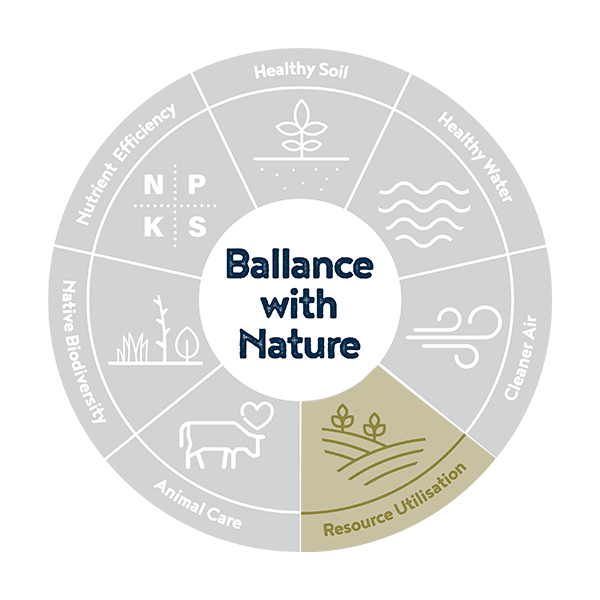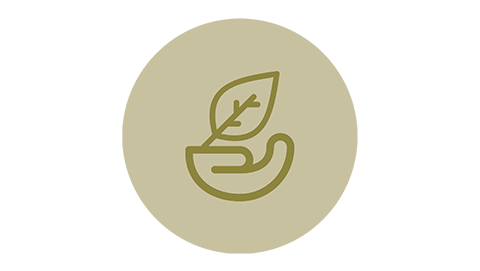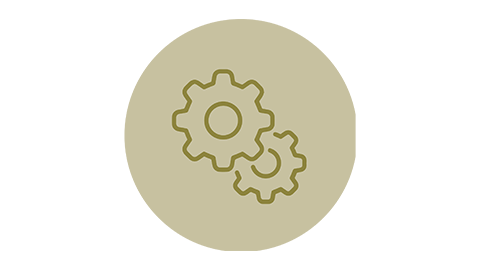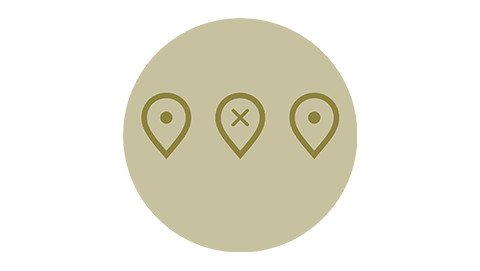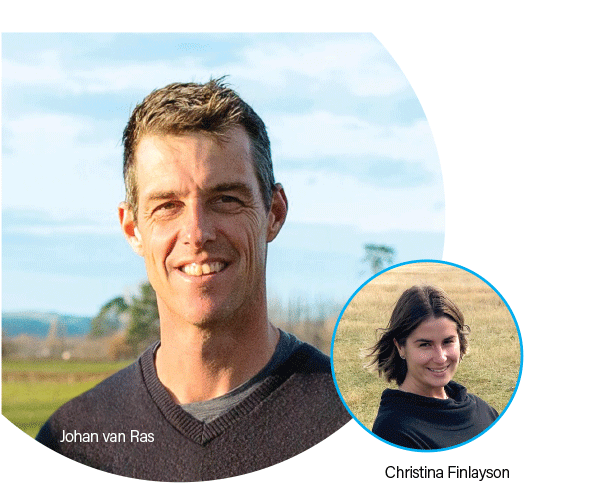
How can you use resources to their best potential?
Johan van Ras runs 215 dairy cows on a family farm in the Waikato. He chats to Ballance Innovation Project Manager Christina Finlayson about how better resource utilisation has made a difference on his farm.
Why is resource utilisation important for you and your farm system?
“Well, if you don’t know your numbers, how can you make changes? The biggest natural resource on our farm is our effluent. We invested in a monitoring system for effluent, and using that data, I could see I didn’t need to put nitrogen on pasture receiving effluent for another few months. Once you know your levels and volumes, you can match your fertiliser inputs to what you’re already putting on. That’s narrowed our fertiliser usage right down. Nitrogen loss and phosphate loss is going down, too. And with the water monitoring we’ve done, we can see that water quality wasn’t the greatest back in 2010, but it’s brilliant now! Well above drinking water standard.”
So you always try to make data-driven decisions?
“Yeah, that’s the only way you know you’re making a difference – when you can compare the before and after. A tool that I have used is MitAgator and I think it is under-utilised nationwide! It means you can demonstrate the impact that key changes will have on your freshwater footprint – whether you’ve already made those changes, or they’re still in the planning stage. With MitAgator we could compare a range of options – the environmental impact and cost that they’ll have – and then make decisions that were best for us and our farm, rather than generic.”
Tell us about the mitigation strategies you’ve implemented
“We made the decision to retire a 4 ½ ha block of land out the back, where it was always really wet and had poorer pasture production. We could have spent hundreds of thousands of dollars draining it, but MitAgator showed us it made sense to r etire it and turn it into a native wetland. Regional Council and the Billion Trees Fund helped fund the planting. In the future it will be a huge asset of biodiversity, and also mental health – being able to walk through a forest and just take a break. The other big difference we’ve made is around effluent management. Putting those measurement tools in place has given us better control of our fertiliser inputs. We’ve not only saved money, we’ve seen decent reductions in N and P losses as well.”
Often we think retiring paddocks means losing productivity – how has this impacted you and your farm?
“The riparian block hasn’t affected productivity one bit. It wasn’t a high performing area. If anything, it has improved the paddocks around it. We soil test every year to check things are on track. But productivity or not, it’s just the right thing to do.”
How has your FEP helped you use your resources to their best potential?
“Having an FEP is a great benchmark of where you’re at. Having it on paper helps you prioritise which things will make the biggest difference. We dug a bit deeper and used MitAgator to help us as well. Regulations are important, but the wider picture is to work your farm in a more sustainable and efficient way over time. It should never be about ticking boxes, it provides a real opportunity to think strategically about your farm and where you want it to be. Your FEP is a living document - It’s about constant improvement.”
What do you see as being the greatest opportunities for the future of farming in NZ?
“Being more and more efficient! A lot of people are doing fantastic stuff already, so the potential to add to that is really exciting. There are incredible stories like the Pomahaka Catchment Group in the South Island – the way the whole community has come together to improve their local river – they should be the benchmark for us all. And once you’ve got all of us working together like that, how far could we go? Farmers can be a bit isolated to our own industry, but we’re all in this together, and we can really bring customers along on our sustainable farming journey too.”
Download the full PDF here
